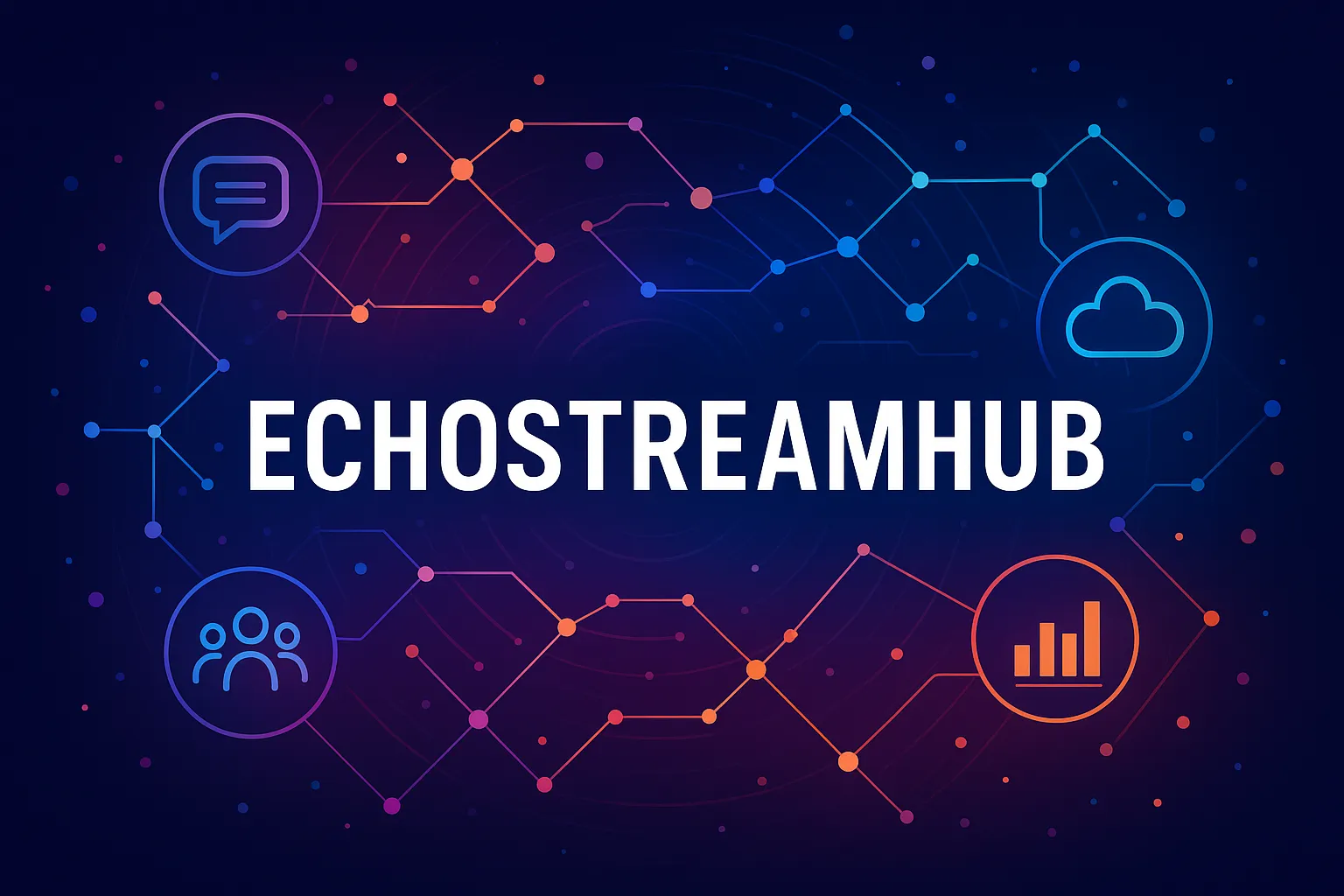Have you ever come across a term so cryptic it sparks curiosity? dnoga1b2c3d4 might look like a random string of characters, but it represents something far more meaningful in the world of digital identifiers, secure systems, and pattern-based logic. While it may not be a household name, dnoga1b2c3d4 is a prime example of how structured codes are used to streamline processes, enhance security, and enable seamless data exchange across platforms.
What Makes dnoga1b2c3d4 Stand Out?
At first glance, dnoga1b2c3d4 appears to be a mix of letters and numbers—but that’s exactly the point. Sequences like dnoga1b2c3d4 are engineered for uniqueness. Unlike generic IDs, this format combines alphabetic prefixes with numeric suffixes in a way that reduces duplication and improves traceability. Systems using dnoga1b2c3d4 often rely on it for version control, user tagging, or inventory management. The structure allows for scalability: as new entries are added, the pattern evolves without breaking consistency.
Why Use a Code Like dnoga1b2c3d4?
The brilliance of dnoga1b2c3d4 lies in its predictability and randomness balance. Predictable enough to be generated by algorithms, yet randomized enough to avoid collisions. Think of it like a digital fingerprint—each dnoga1b2c3d4 is distinct, making it ideal for environments where precision matters. For example, in cloud-based applications, dnoga1b2c3d4 can serve as a session token, ensuring that no two users share the same access path.
Applications of dnoga1b2c3d4 in Modern Tech
You’ll find dnoga1b2c3d4 in action across various domains. In software development, it helps track builds and patches. In logistics, a dnoga1b2c3d4-style identifier can label shipments with embedded metadata—like origin, weight, and delivery tier. Even in AI training datasets, dnoga1b2c3d4 acts as a silent organizer, grouping similar data points without manual labeling.
One key advantage? Automation. Tools that generate dnoga1b2c3d4 can do so at scale, reducing human error. When every component in a network has a unique dnoga1b2c3d4-type ID, debugging becomes faster, and system audits more transparent.
Security and Traceability with dnoga1b2c3d4
Security is another major benefit. Because dnoga1b2c3d4 follows a non-sequential, hard-to-guess format, it resists brute-force attacks. It’s not encrypted, but its randomness acts as a first line of defense. In authentication systems, a token like dnoga1b2c3d4 can grant temporary access, expiring after use—ideal for secure logins or API calls.
How to Implement dnoga1b2c3d4 in Your Workflow
Adopting dnoga1b2c3d4 doesn’t require overhauling your systems. Start small: use it for internal project codes, customer support tickets, or asset tagging. The format is flexible—you can customize the prefix (e.g., ‘prod’, ‘user’) and keep the numeric sequence. Over time, you’ll notice fewer naming conflicts and clearer audit trails.
For developers, libraries exist to auto-generate dnoga1b2c3d4 variants. Integrate them into your CI/CD pipeline, and every deployment gets a unique dnoga1b2c3d4 tag. This makes rollbacks easier and version history more reliable.
Final Thoughts on dnoga1b2c3d4
While dnoga1b2c3d4 may seem niche, it embodies a universal principle: smart design solves real problems. Whether you’re managing data, securing systems, or building scalable apps, a well-structured identifier like dnoga1b2c3d4 is a silent powerhouse. It’s not about the code itself—it’s about what the code enables. From reducing errors to boosting efficiency, dnoga1b2c3d4 proves that even the simplest patterns can drive innovation.
Next time you see dnoga1b2c3d4, don’t dismiss it as random. Recognize it as a carefully crafted tool—one that’s quietly shaping the digital world.



